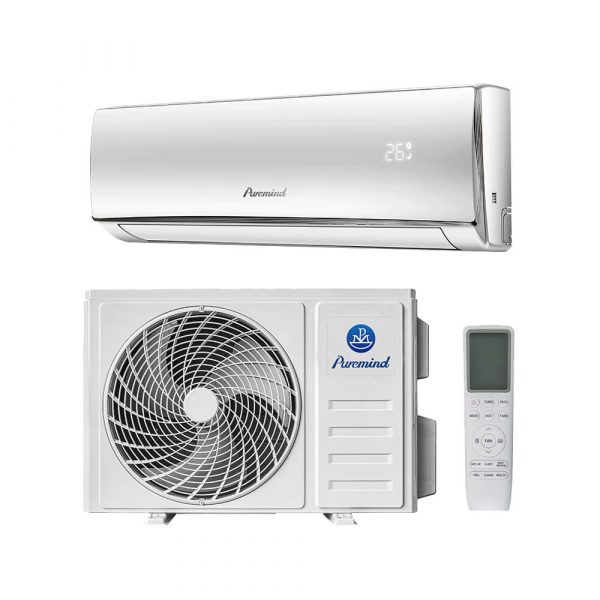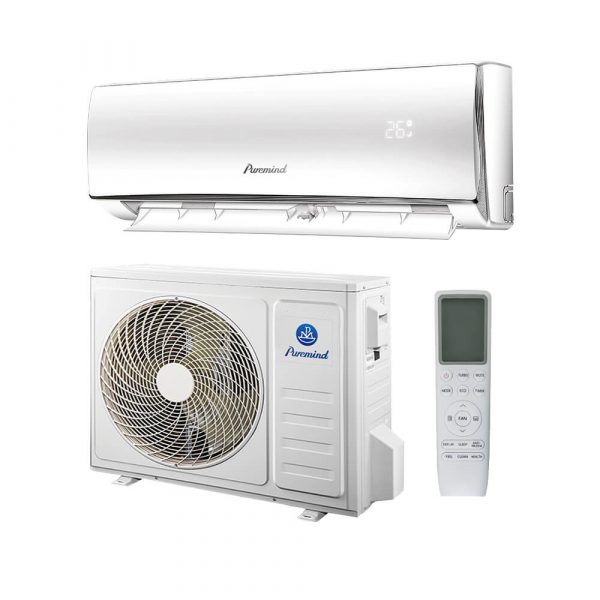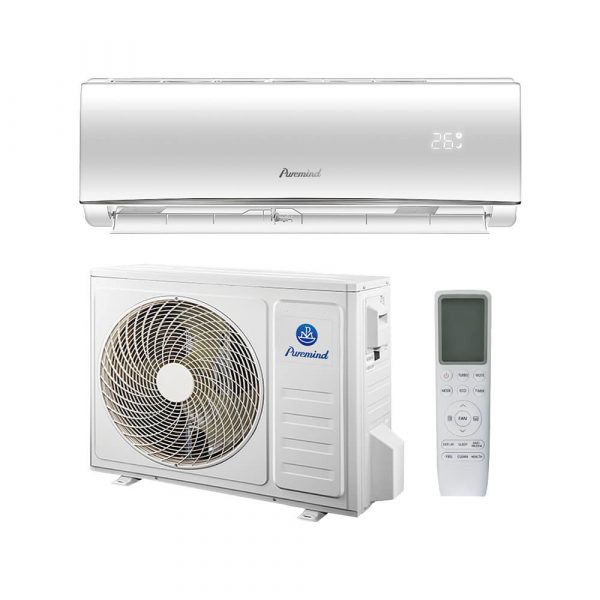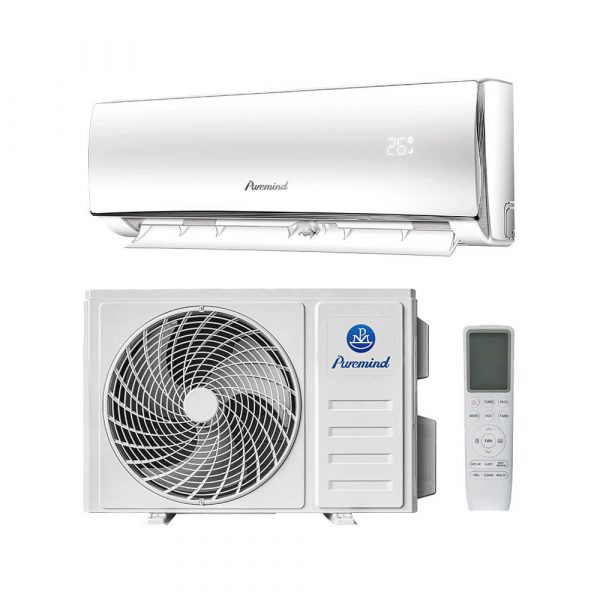Best Split Air Conditioners: Complete Guide for Wholesalers and Distributors
The demand for the best split air conditioners has grown significantly across homes, offices, and the hospitality sector. Buyers today expect more than just basic cooling—they look for quiet operation, energy savings, and long-term durability. For wholesalers, suppliers, and distributors, having a clear understanding of how these systems work and why customers prefer them is key to increasing sales and building trust in the HVAC market.
What Are Split Air Conditioners?
Split AC systems consist of two main parts: an outdoor unit with a compressor and condenser, and an indoor unit that distributes cool or warm air. They are linked by refrigerant lines, eliminating the need for bulky ductwork. Compared with window units or portable ACs, ductless split systems deliver more efficient climate control, lower noise levels, and greater installation flexibility.
Why Customers Prefer Split Systems
More households and businesses are switching to these solutions because of their distinct advantages:
- High Efficiency: Many models have SEER ratings above 20, cutting energy bills by 20–40%.
- Low Noise: Indoor units often run at whisper-quiet levels, perfect for bedrooms and offices.
- Zone Control: Multi-zone systems allow each room to have an independent temperature setting.
- Flexible Installation: Options include wall-mounted, floor-mounted, or ceiling cassette units.
- All-Season Comfort: Advanced inverter compressors provide both cooling and heating.
Top Split AC Units for Different Applications
- Residential Homes: Families choose them for reliable, energy-efficient comfort without ducts.
- Commercial Offices: Zoning helps businesses manage comfort in open spaces and meeting rooms.
- Hospitality: Hotels and Airbnb rentals value quiet, dependable performance for guest comfort.
- Education: Classrooms and training facilities need consistent and stable temperatures.
Cost Considerations
The cost of the best split air conditioners depends on size, brand, and efficiency ratings. On average:
- Entry-Level: $1,500 – $2,500 for single-zone systems with basic features.
- Mid-Range: $2,600 – $4,500 for higher efficiency and multi-zone options.
- Premium: $5,000 – $8,500 for advanced inverter units with smart technology.
Though premium units require a higher upfront investment, many customers see long-term savings in reduced energy bills and lower maintenance costs.
Split Systems vs. Other HVAC Options
Compared with central air conditioning or window units, modern ductless systems provide clear benefits:
- No Ductwork: Eliminates up to 30% of energy losses caused by leaky ducts.
- Scalable: Indoor units can be added as buildings expand.
- Compact: Slim indoor units save space while blending with room interiors.
- Precise Comfort: Offers better temperature control in individual zones.
Return on Investment (ROI)
For wholesalers and distributors, ROI is a compelling selling point. Customers often ask how quickly they can recoup costs. With energy savings of up to 40%, most split systems pay for themselves within 3–5 years. Highlighting this factor helps build confidence with both residential buyers and business clients.
Installation and Maintenance
Although easier than ducted central systems, installation requires certified HVAC professionals. Proper installation ensures refrigerant levels are correct and performance is optimized. Maintenance is straightforward—mostly filter cleaning and occasional servicing. Wholesalers can improve loyalty by offering manuals, training sessions, and after-sales support for contractors.
Marketing the Best Split Air Conditioners
Practical tips for distributors include:
- Highlighting dual functionality (cooling + heating) as a value advantage.
- Promoting eco-friendly features such as Energy Star certification.
- Providing financing and warranty options to reduce purchase barriers.
- Showcasing models through catalogs like split air conditioner listings.
Future Trends in Split AC Technology
- Eco-Friendly Refrigerants: Transition to R-32 and other low-GWP options.
- Smart Home Features: Integration with apps, sensors, and voice control.
- Hybrid Models: Combining ducted and ductless systems for flexibility.
- Solar Integration: Designed to pair with renewable energy for sustainability.
External Market Insights
According to Cooling Post, demand for high-efficiency split units is expected to keep rising as governments introduce stricter energy standards. For wholesalers, this is an opportunity to expand product lines and strengthen market presence.
Conclusion: Why Split Air Conditioners Are the Future
The best split air conditioners offer unmatched efficiency, versatility, and reliability. For wholesalers, suppliers, and distributors, these systems represent more than just another product line—they are a long-term growth opportunity. By educating contractors, providing training, and promoting energy-saving benefits, you can meet customer needs while strengthening your position in the HVAC industry.







